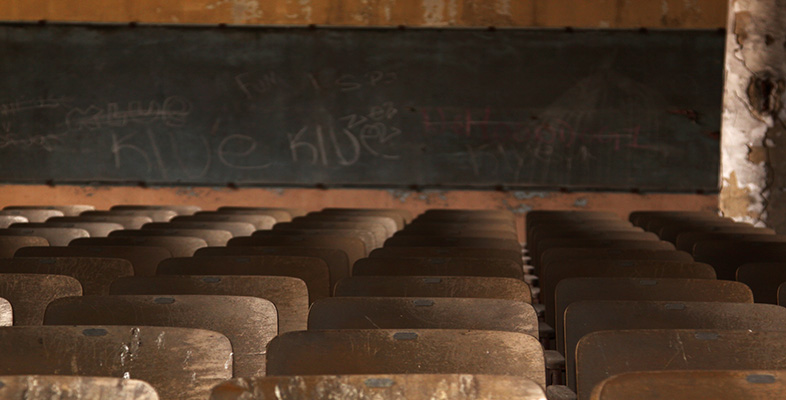The environmental impact of teaching and learning
Introduction
This course examines and discusses the carbon-based environmental impacts of teaching and learning in higher education institutions. It introduces a typology for teaching models that use or do not use information and communication technologies (ICTs), and explains the factors and activities that need to be considered when assessing the carbon-based environmental impacts of different teaching models. Finally, it introduces a suite of innovative tools and resources that have been designed to help assess and identify ways to reduce these impacts.
We know that much of what we do uses energy that produces carbon dioxide and other greenhouse gases, and that we need to assess and reduce these impacts. This is covered more fully in the free course Environment: treading lightly on the earth [Tip: hold Ctrl and click a link to open it in a new tab. (Hide tip)] .
We also know teaching and learning activities in higher education have a carbon impact. This is because staff and students consume energy when or if they:
- travel to and from campus, for all types of journeys, providing they don’t always travel on foot or by bicycle
- purchase and use educational materials and ICTs
- use campus facilities
- move to an additional residence away from their usual home.
This course examines the carbon-based environmental impacts of teaching and learning in higher education institutions, and a range of approaches that have been undertaken to reduce carbon emissions.
It introduces a classification of teaching models using ICTs and other teaching delivery methods for providing teaching and learning, and explains the factors and activities that need to be considered when assessing the carbon-based environmental impacts of different teaching models.
Finally, it introduces a suite of innovative tools and resources that have been designed to help assess and identify ways to reduce these impacts – first, if you are a student, and second, if you are a lecturer or academic designer in higher education (although you may also be interested in this if you teach adults in further education institutions and other settings).
This course is developed from the work of a Research and Development project at The Open University called SusTEACH (‘Sustainable Tools for the Environmental Appraisal of the Carbon Impacts of Higher Education Teaching Models.’). This work helps us to understand how different models of delivering teaching and learning affect our energy consumption and carbon impacts.
The course is UK-focused, mainly because the information on energy consumption and carbon and emissions that have been used within the project are derived from UK data sources. Students and lecturers from other countries will need to understand the UK context and compare that with the ones they are familiar with.
Find out more about studying with The Open University by visiting our online prospectus.
